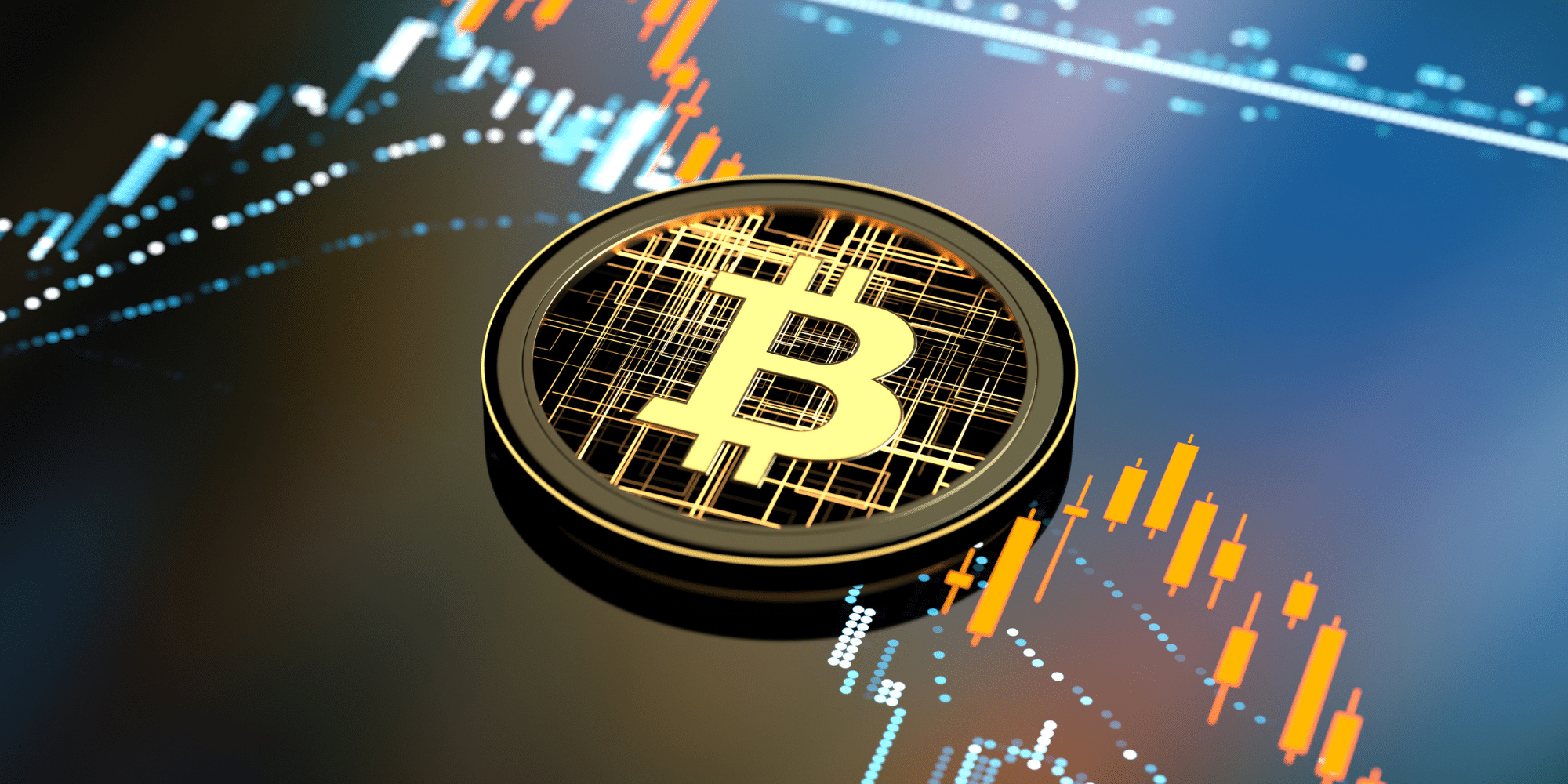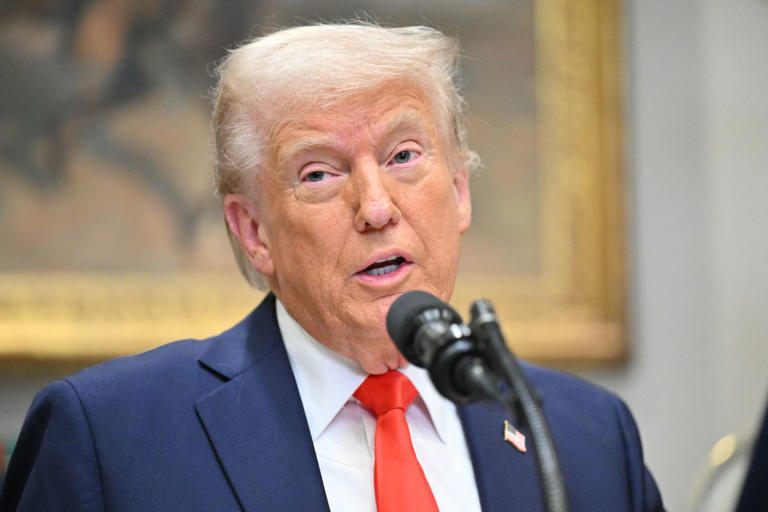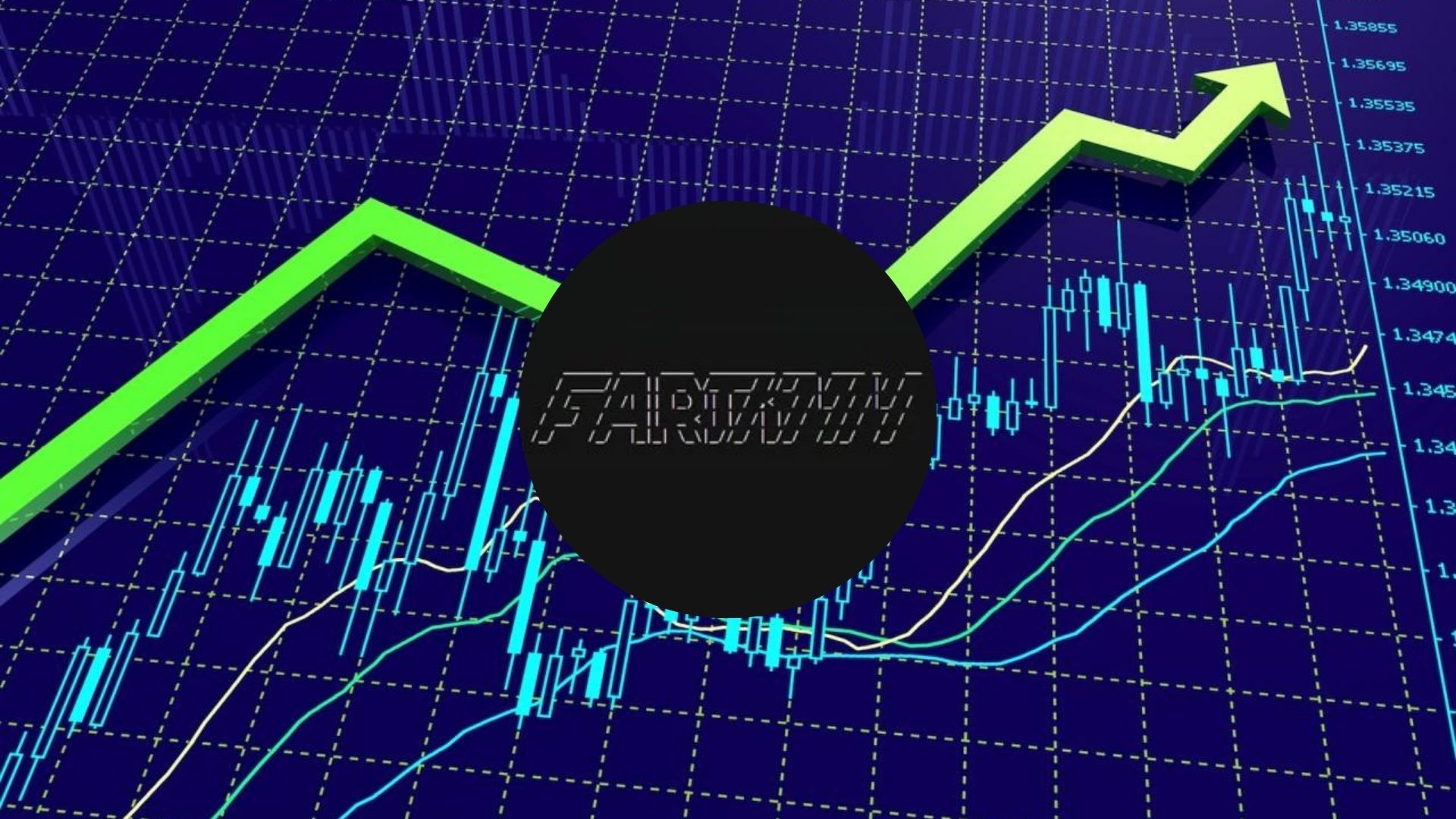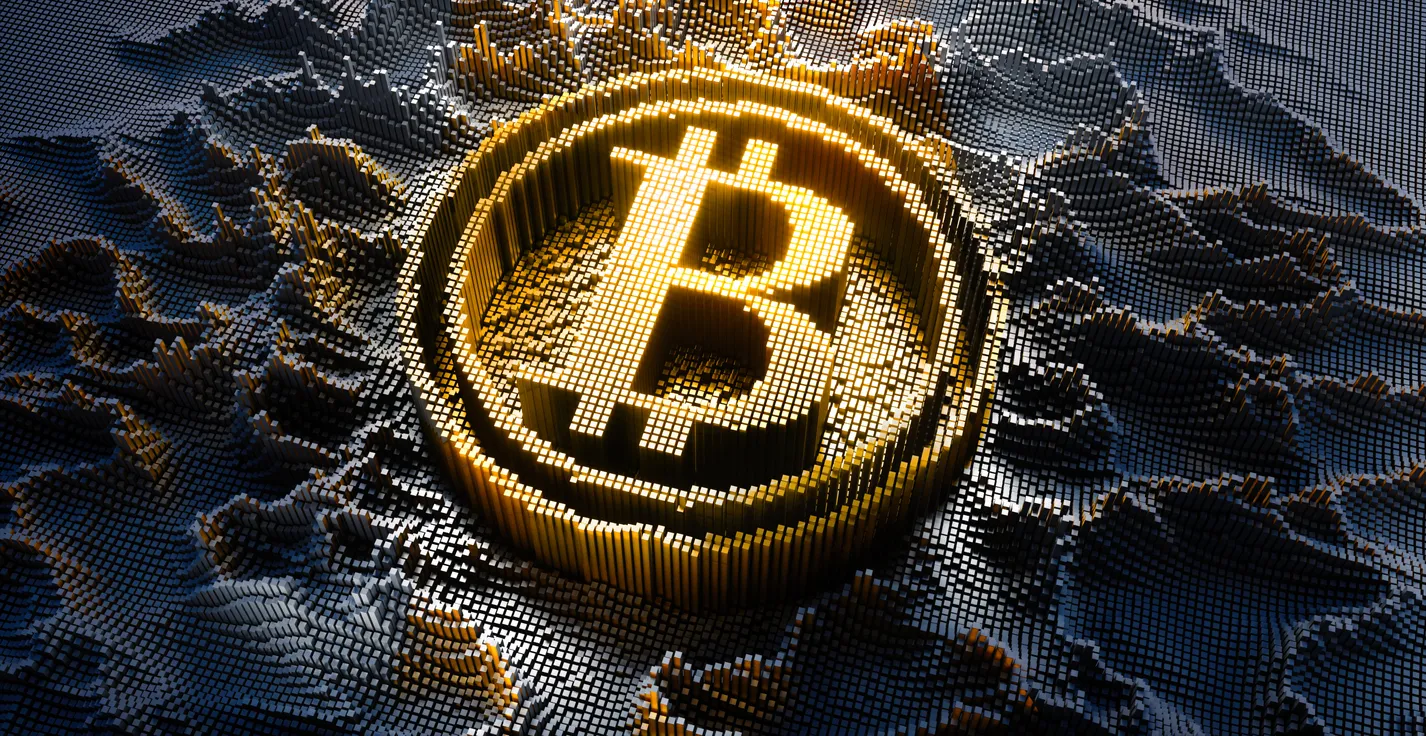Unlocking NFTs: A Complete Guide to Non-Fungible Tokens and Digital Art
Unlocking NFTs: A Complete Guide to Non-Fungible Tokens and Digital Art

Introduction to NFTs
In recent years, NFTs, or Non-Fungible Tokens, have taken the digital world by storm, particularly in the realms of art, gaming, and collectibles. But what exactly are NFTs, and why are they becoming such a significant part of the digital landscape? This article will explore everything you need to know about NFTs, from their creation and value to their impact on the world of digital art and beyond.
What are NFTs?
At their core, NFTs are unique digital assets that are stored on a blockchain. Unlike cryptocurrencies such as Bitcoin or Ethereum, which are fungible and can be exchanged for other units of the same value, NFTs are non-fungible, meaning each token is one-of-a-kind. These tokens can represent a variety of digital items, such as artwork, music, videos, virtual goods, and more.
NFTs are typically bought, sold, and traded on specialized platforms, where they serve as a proof of ownership for a digital asset. Once purchased, the buyer holds a verifiable certificate of authenticity stored on the blockchain, which cannot be altered or duplicated.
How Do NFTs Work?
NFTs are built on blockchain technology, most commonly the Ethereum blockchain, which is known for supporting smart contracts. These contracts are self-executing agreements that are automatically enforced once specific conditions are met. When an NFT is created or "minted," a unique record of it is stored on the blockchain, making it immutable and easily traceable.
Each NFT contains key information such as the creator's details, ownership history, and a link to the digital asset it represents (whether that’s a piece of art, music, or a video). The transaction is securely recorded, ensuring transparency, and preventing fraud or duplication.
The Rise of NFTs in Digital Art
One of the most prominent use cases of NFTs is in the digital art world. Artists are now able to tokenize their work, turning digital creations into NFTs and selling them directly to buyers. This has revolutionized the art market by offering artists new ways to monetize their work while providing buyers with a unique, verifiable piece of art they can own.
NFTs have allowed artists to tap into the global digital marketplace, with the ability to retain royalties every time their art is resold. This feature ensures artists continue to benefit financially from the increasing value of their work.
Why Are NFTs Valuable?
The value of NFTs is largely determined by the rarity and demand for the underlying digital asset. Just like physical art, some NFTs become highly sought after due to their uniqueness, historical significance, or the fame of the creator.
NFTs have also become a symbol of status and digital ownership, as owning an NFT is seen as a form of investment. Some buyers purchase NFTs not only for enjoyment but also as assets with the potential for appreciation over time.
How to Buy and Sell NFTs
To get started with NFTs, you need to set up a digital wallet that supports cryptocurrency transactions. Most NFT purchases are made using Ethereum (ETH), so you’ll need to buy some ETH through an exchange like Coinbase or Binance. Once you have your wallet and ETH ready, you can browse various NFT marketplaces, such as OpenSea, Rarible, or SuperRare.
After finding an NFT you want to purchase, you can place a bid or pay the listed price. If you’re the highest bidder or choose the "Buy Now" option, the NFT is transferred to your wallet, and the transaction is recorded on the blockchain. Sellers can list their NFTs on these platforms and earn a profit based on demand and interest.
NFTs and Their Environmental Impact
While NFTs have gained popularity, they have also faced criticism due to the environmental impact of blockchain transactions. Many NFTs are minted on Ethereum, which currently uses a proof-of-work consensus mechanism that requires a significant amount of energy for mining. This has raised concerns about the carbon footprint of NFT transactions.
However, Ethereum is transitioning to a proof-of-stake model, which is expected to reduce energy consumption and improve the sustainability of NFTs and blockchain technology as a whole.
The Future of NFTs
The future of NFTs looks promising as they continue to shape various industries beyond digital art. NFTs are being integrated into gaming, real estate, fashion, and even music, with artists and companies looking for new ways to leverage this technology. As the NFT space evolves, it is expected that these tokens will become increasingly integrated into our daily lives, offering new ways to own and interact with digital content.
Conclusion
NFTs are a groundbreaking development in the digital world, offering unique opportunities for artists, collectors, and investors. While there are risks involved, the potential for innovation and disruption in multiple industries is undeniable. As the technology matures, NFTs will likely become even more widespread, reshaping how we think about ownership, value, and the digital economy. Whether you're an artist, a collector, or simply curious about the world of digital assets, NFTs offer a glimpse into the future of the digital landscape.
Other News

Bitcoin ETFs Face Second Month of Net Outflows as Retail Interest Remains Weak
Posted 4 hours 10 minutes ago
Will Trump Pardon ‘Bitcoin Jesus’? Crypto Community Rallies Behind Roger Ver
Posted 2 days 5 hours ago





